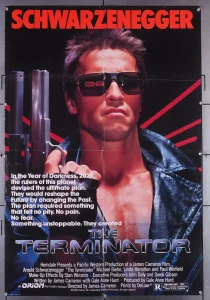The Centre of AI Safety (CAIS) issued a statement on potential risk posed by artificial intelligence. The authors of this online document emphasise the future impact of technology which can be as detrimental as different doom inducing scenarios. Signed by scientists and IT experts, the statement stresses that “mitigating the risk of extinction from AI should be a global priority alongside other societal-scale risks such as pandemics and nuclear war”.
The list of signatories includes renowned researchers and Turing Award winners like Geoffery Hinton and Yoshua Bengio, as well as executives from OpenAI and DeepMind, such as Sam Altman, Ilya Sutskever, and Demis Hassabis.
While the potential doomsday is one of the scenarios for a somewhat distant future, the real problems are already experienced by many users, including professionals such as artists and content creators. Such issues as plagiarism, surveillance, biased algorithms, and the infringement of human rights are quite tangible. With this in mind, some people might say that moves similar to the CAIS statement are just examples of deliberate doom-mongering distracting from reality.
 In a way, the first two Terminator films served the same purpose in the mid-80s and early 90s respectively. Depicting the dark future, both parts diverted attention from the gloomy reality. The poster advertising the first Terminator displays a synopsis that reads: “In the Year of Darkness, 2029, the rulers of this planet devised the ultimate plan. They would reshape the Future by changing the Past”. A sense of déjà vu?
In a way, the first two Terminator films served the same purpose in the mid-80s and early 90s respectively. Depicting the dark future, both parts diverted attention from the gloomy reality. The poster advertising the first Terminator displays a synopsis that reads: “In the Year of Darkness, 2029, the rulers of this planet devised the ultimate plan. They would reshape the Future by changing the Past”. A sense of déjà vu?



